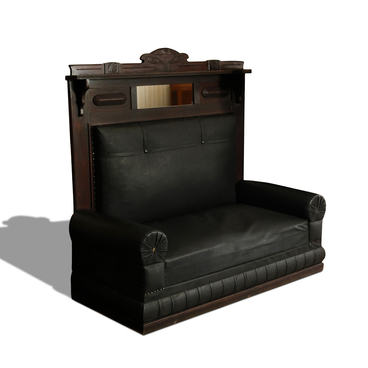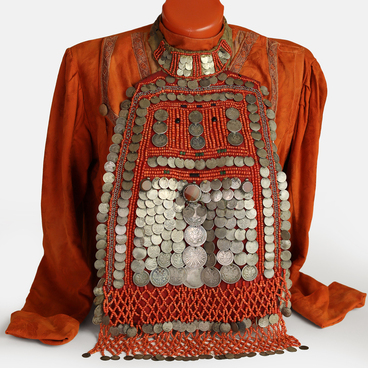In the past, a cane was a necessary accessory for any gentleman when going for a walk, alongside a hat and gloves.
The first references to the cane can be found in the late 5th century BCE, in the writings of the Greek historian Herodotus.
Initially, a stick or staff served as a means of support and protection. Soon, however, canes evolved from simple walking aids into elegant fashion accessories. They were made of sturdy wood, each with its own symbolic significance. Beech represented greatness, cedar — resistance and immortality, oak — strength, willow — ambition, rowan — subordination, boxwood — firmness and courage, and hawthorn — hope and prudence.
In ancient times, canes were made from the stems of tropical plants such as bamboo or rattan. Decorative canes were also made from Malacca wood with handles carved from ivory, both of which were rare and valuable materials accessible only to wealthy individuals and aristocrats.
In the 16th and 17th centuries, in Russian streltsy units, the officers were distinguished from other soldiers in their uniform, weapons, and walking canes that they purchased at their own expense.
A cane was also used as a symbol of their rank in the Don Army. The ataman had a special mace (staff) that he handed over to the new leader in a special ceremony when he stepped down from his position. In 1704, Peter the Great granted the Don Army a silver stamp and a mace with silver décor at the ends. The upper decorative element featured an inscription, “The mace of the Don Army, 1704.”
Canes came into fashion in the 18th century. During the Enlightenment period, canes became more refined and elegant.
Every man had to own a thin cane with a beautiful design. The cane highlighted a man’s high and dignified status, so any man of standing owned such an accessory.
In the 19th century, canes became popular among people of all social classes. A cane served multiple purposes — it not only signified one’s position in society but could also be used for self-defense.
So-called canes “with a secret” were also popular. They had a blade concealed inside them. It helped one defend oneself from robbers in the poorly-lit streets of major cities.


